OUR PRODUCT
Here's what we do
Sugar
Sugar is one of the most popular sweeteners used in Pakistan today. From baked goods to beverages, this all-purpose sweetener has been a favorite for centuries. White sugar is the crystallized sucrose extracted from either sugarcane or sugar beets. After harvesting the sugarcane or sugar beets, the juice is extracted and boiled down to remove moisture. As the moisture diminishes, the natural sucrose in the juice begins to crystallize. The crystallized sugar is removed, leaving other extracts behind in the form of molasses, using rapidly spinning centrifuges.
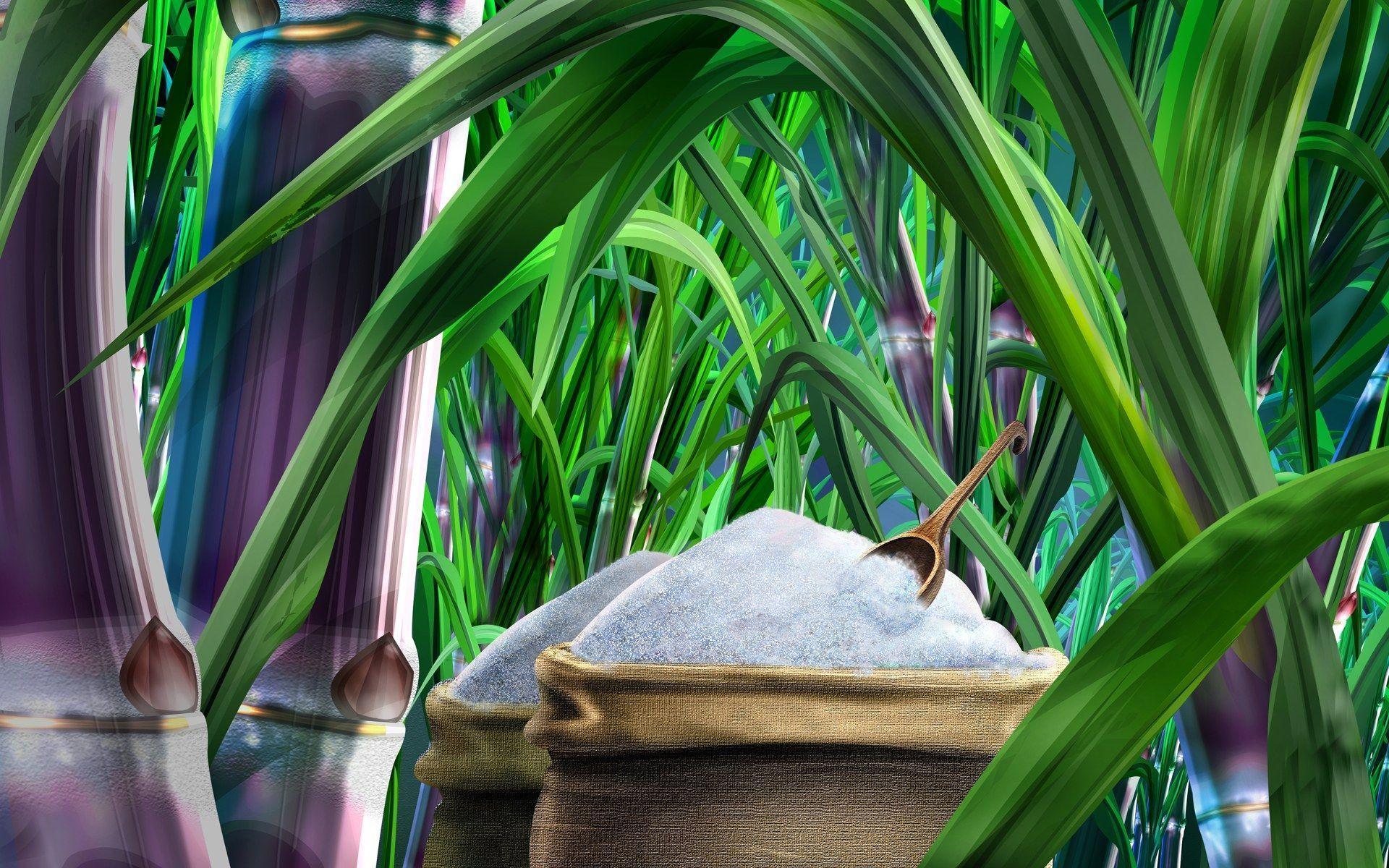
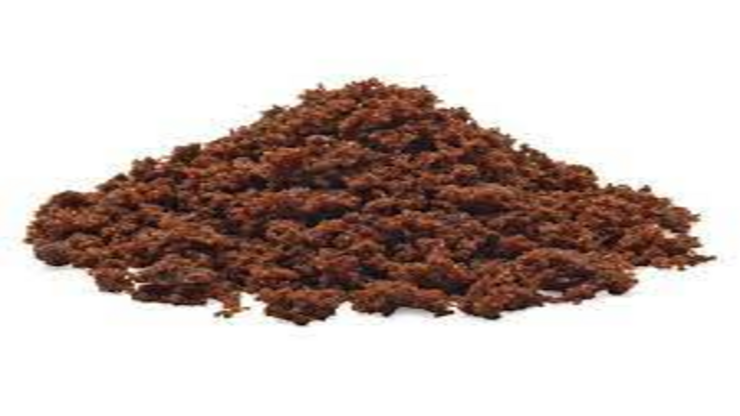
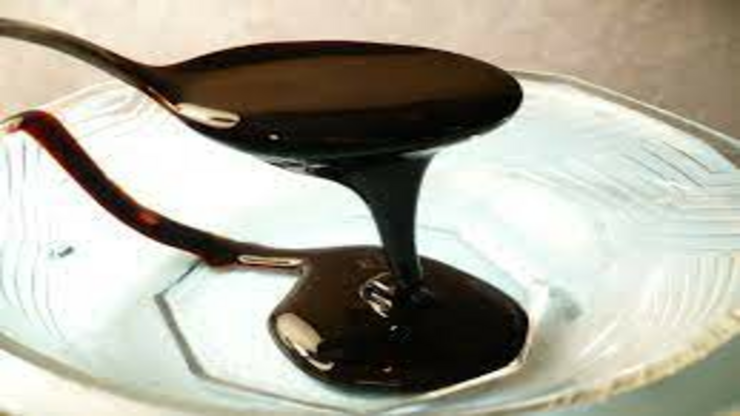
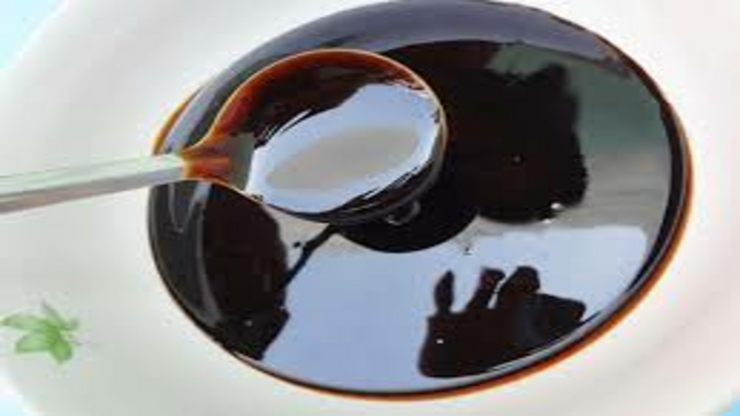
Molasses
The second most contributing factor derived from crushing sugar cane is the extraction of molasses that are used in production of sweetened products i.e. in chocolates, preparation of medicines and a major ingredient of ethanol production used in fuel and others. The most common forms of molasses are made from either sugar black strap molasses cane or sugar beet juice which is boiled down to a syrup. Sugar crystals are extracted from the syrup, and the remaining dark liquid is molasses.
Bagasse
Bagasse is a fibrous residue left over after the sugarcane is crushed. The fiber content of bagasse (cellulose) is used in cellulose industries like the pulp, paper, particle boards, cattle-feed etc. This is valued as an important by-product and efforts are under way to save as much as possible to produce the value-added products. Bagasse is traditionally used as captive fuel in sugar factory boiler for raising steam required for the generation of power and driving the prime movers. In recent years, the technology for making different products such as papers, boards and chemicals are developed and many mills have introduced energy conservation measures to save as much as possible, even after using it as captive fuel.
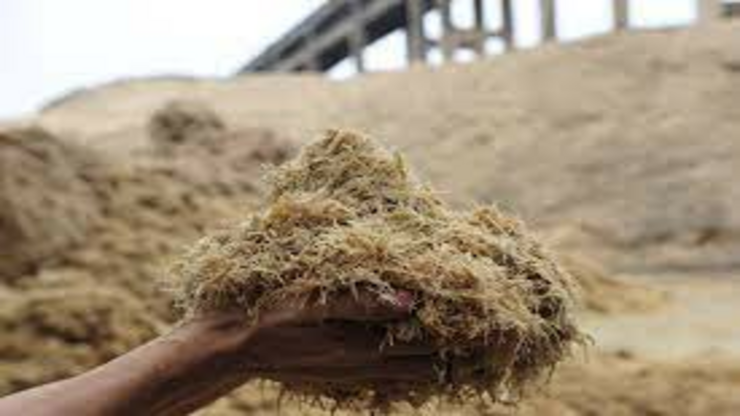
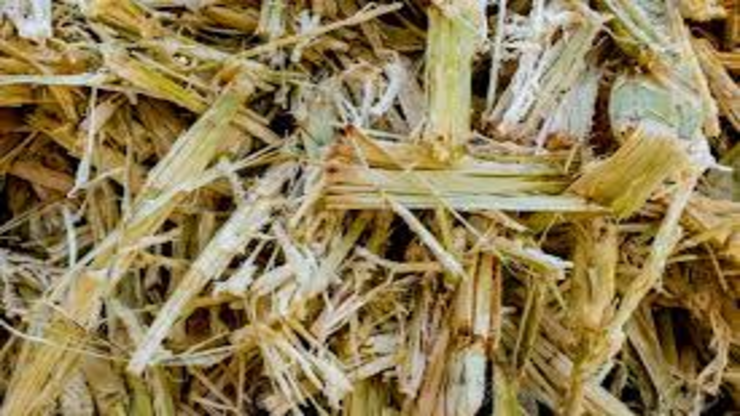
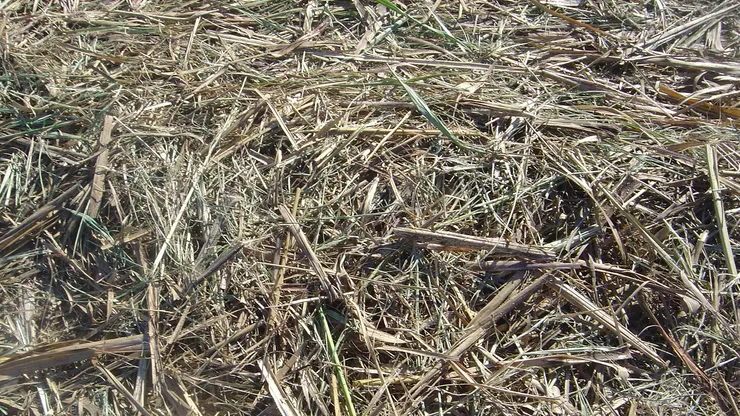
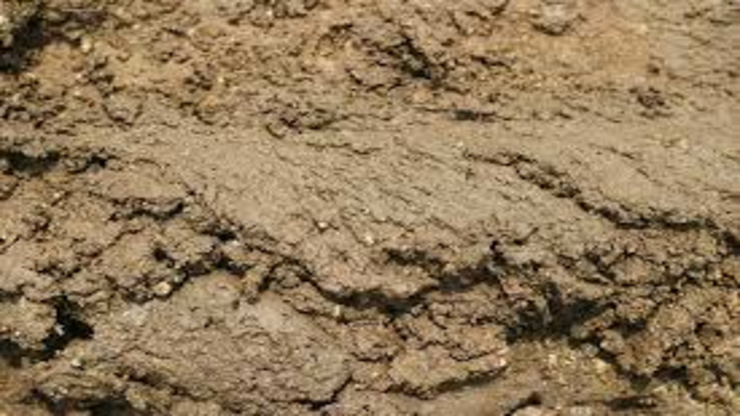

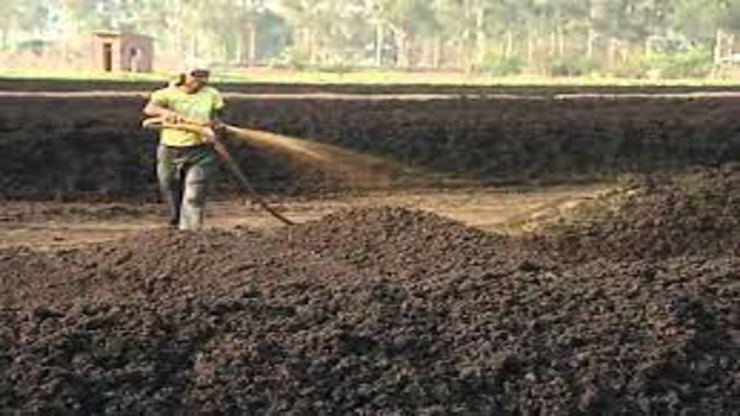
Mud
Sugarcane press mud is the residue of the filtration of sugarcane juice. The clarification process separates the juice into a clear juice that rises to the top and goes for manufacture, and a mud that collects at the bottom. The mud is then filtered to separate the suspended matter, which includes insoluble salts and fine bagasse. This industrial by-product is mostly used as soil conditioner and soil fertilizer for agricultural lands.
